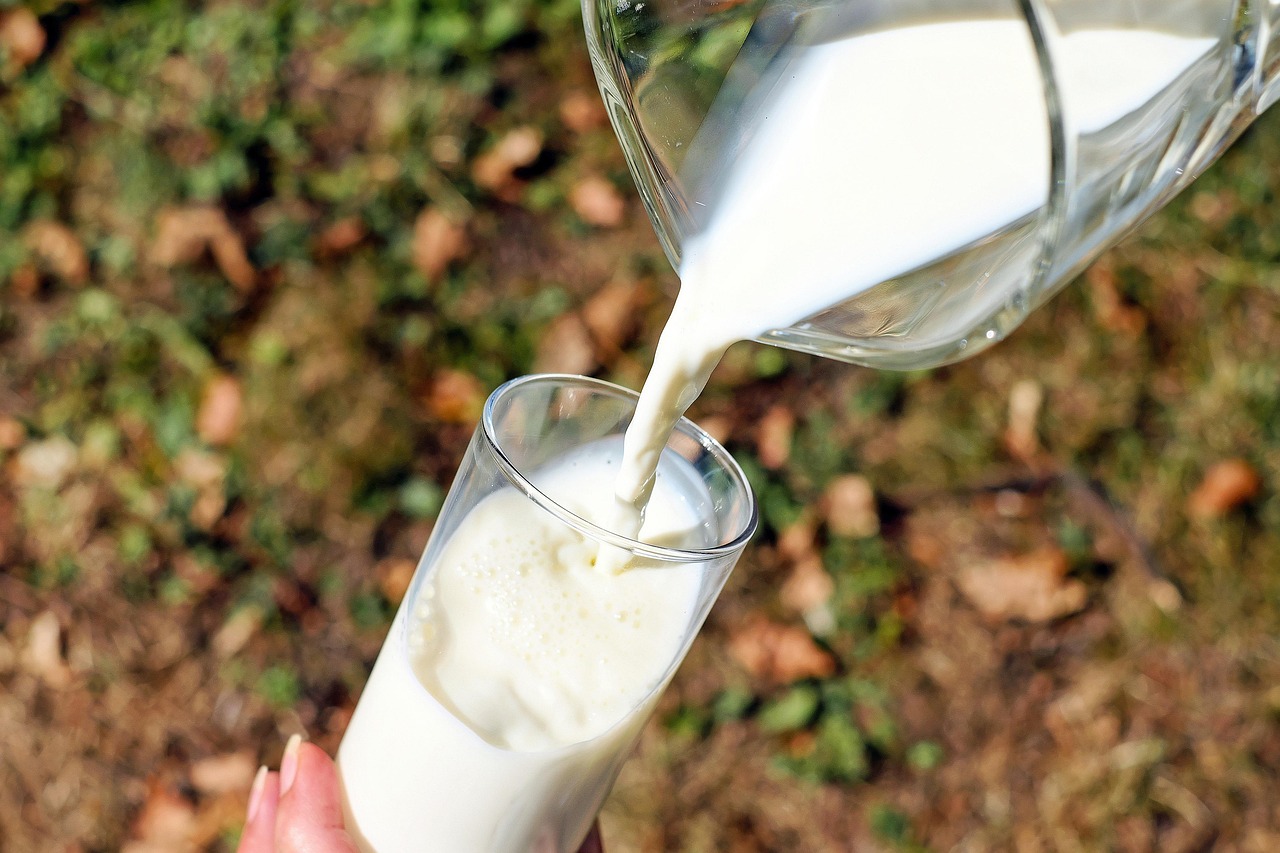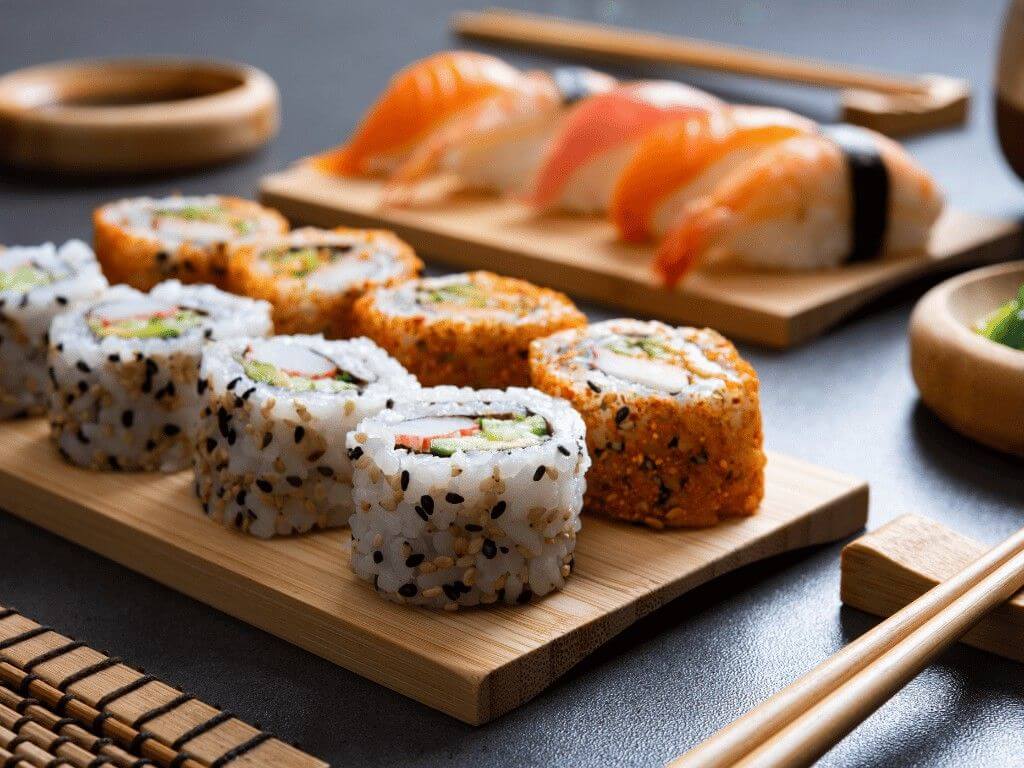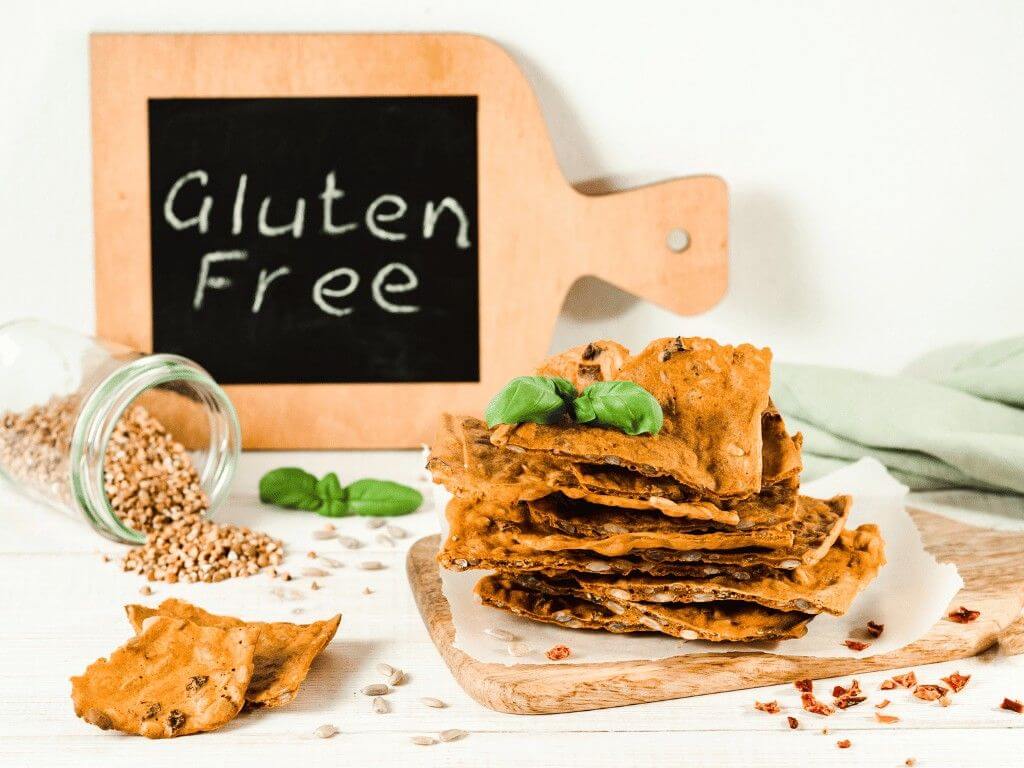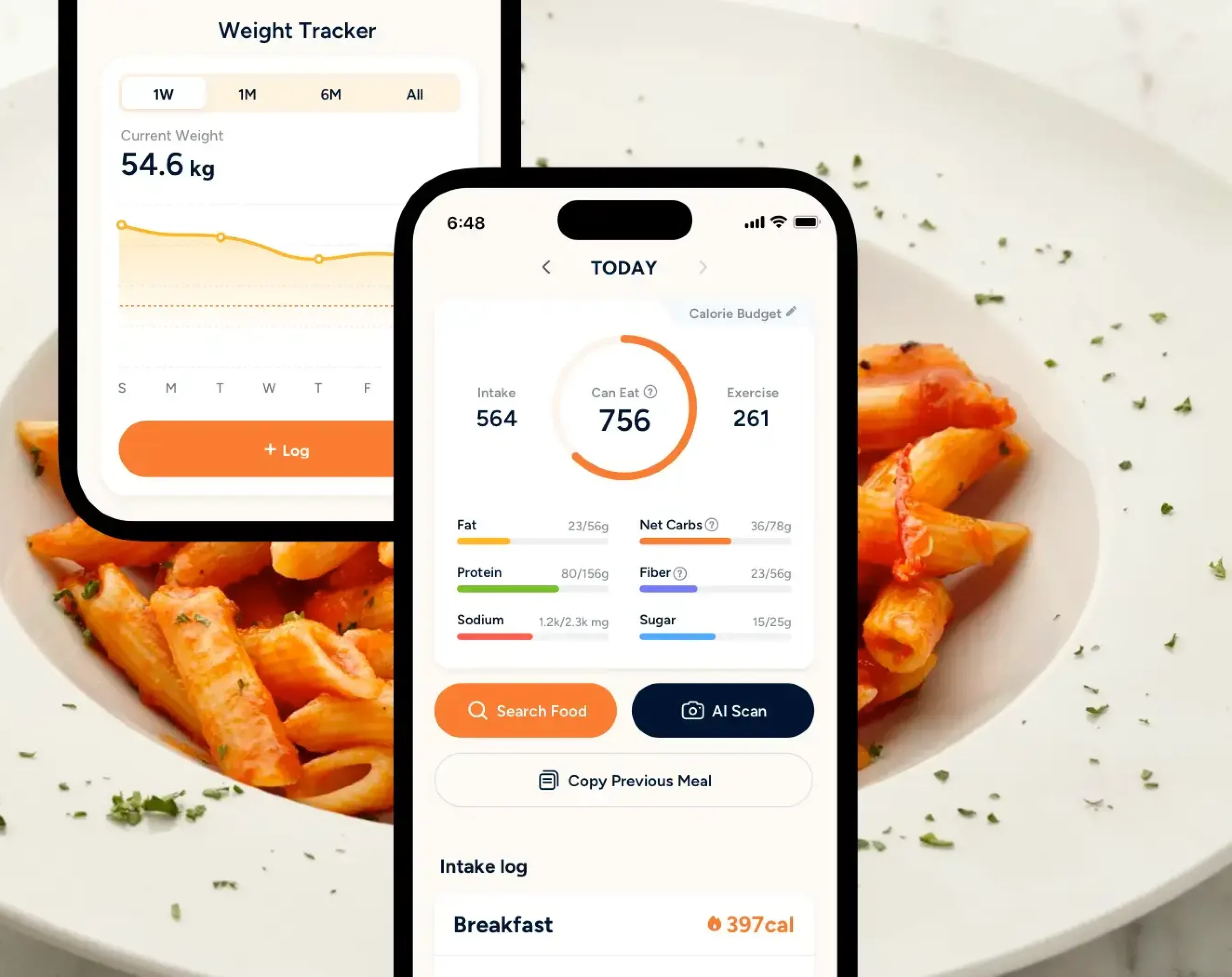Pasta is one of the world’s most beloved dishes. Easy to cook, affordable, and tasty, it is a popular dish in both restaurants and home kitchens despite its high carbohydrate count. Containing over 40g of carbohydrates (even before any other toppings), it can easily become a high-carb dish. Fortunately, low-carb pasta options have been on the rise, and those who are looking for alternatives can simply switch to the best low-carb pasta alternative that fits their dietary needs.
Key Takeaways
- Options like shirataki noodles, vegetable-based noodles, and bean-based pastas allow people to enjoy pasta while reducing carbohydrate intake.
- Homemade alternatives can be high in nutrients and allows you to have more control over the ingredients.
- Brands like Palmini, Banza, Explore Cuisine, and Miracle Noodle provide options for keto diets, high-protein meals, and diabetic-friendly choices.
- Overcooking or undercooking vegetable, shirataki, or protein-based pastas can ruin the dish. Proper preparation, seasoning, and timing are essential for the best results.
- Low-carb pasta helps maintain blood sugar stability, supports ketosis, and can be part of a balanced diet.
What is the Best Low-Carb Pasta?
To put it simply, there is no one “best” low-carb pasta option. What constitutes the “best” low-carb pasta is highly dependent on your taste buds and whether it addresses a specific dietary need or goal that you have.
Some of the most popular low-carb pasta alternatives include:
Shirataki noodles: Shirataki noodles are long, white noodles that are made of water and starch from a konjac root. It is also often referred to as konjac noodles. They are extremely low in calories and carbohydrates with a unique, chewy texture [1]. Interestingly, they have 0 calories, as the human body cannot digest or absorb konjac.
Vegetable-based noodles: Vegetables like zucchini, spaghetti squash, butternut squash, eggplant or kelp are julienned or spiralized to shape like traditional pasta noodles.
Bean-based noodles: They are made with ingredients like chickpeas, lentils, or black beans, offering a higher-protein yet low-carb alternative. These noodles typically contain less than 25 grams of carbs per serving, slightly less than traditional wheat pasta.
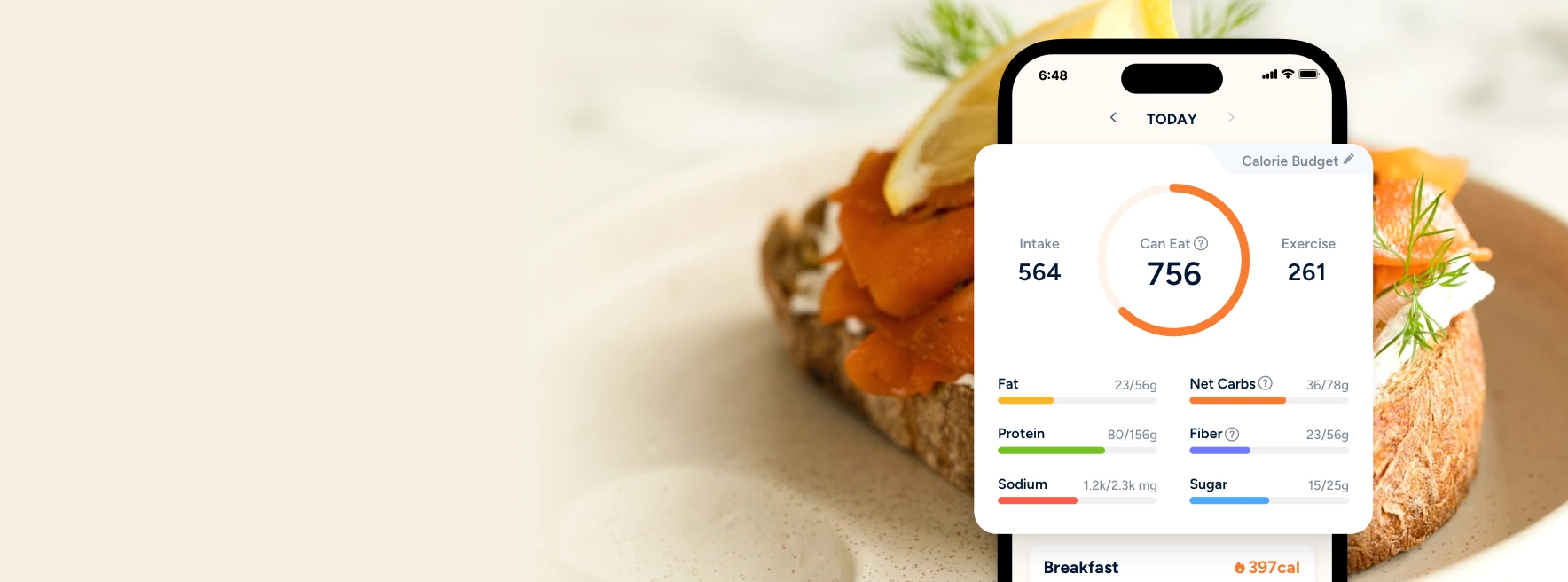
Smarter Nutrition Tracking
Track calories and over 100 other nutrients all in one place.
Download Eato For FreeLow-Carb Pasta Alternatives You Can Make at Home
Making your own low-carb pasta alternatives is often the most economical and customizable approach compared to buying a pasta dish at a restaurant. Additionally, making it at home gives you complete control over what goes into your final dish and the preparation methods.
1. Zucchini noodles
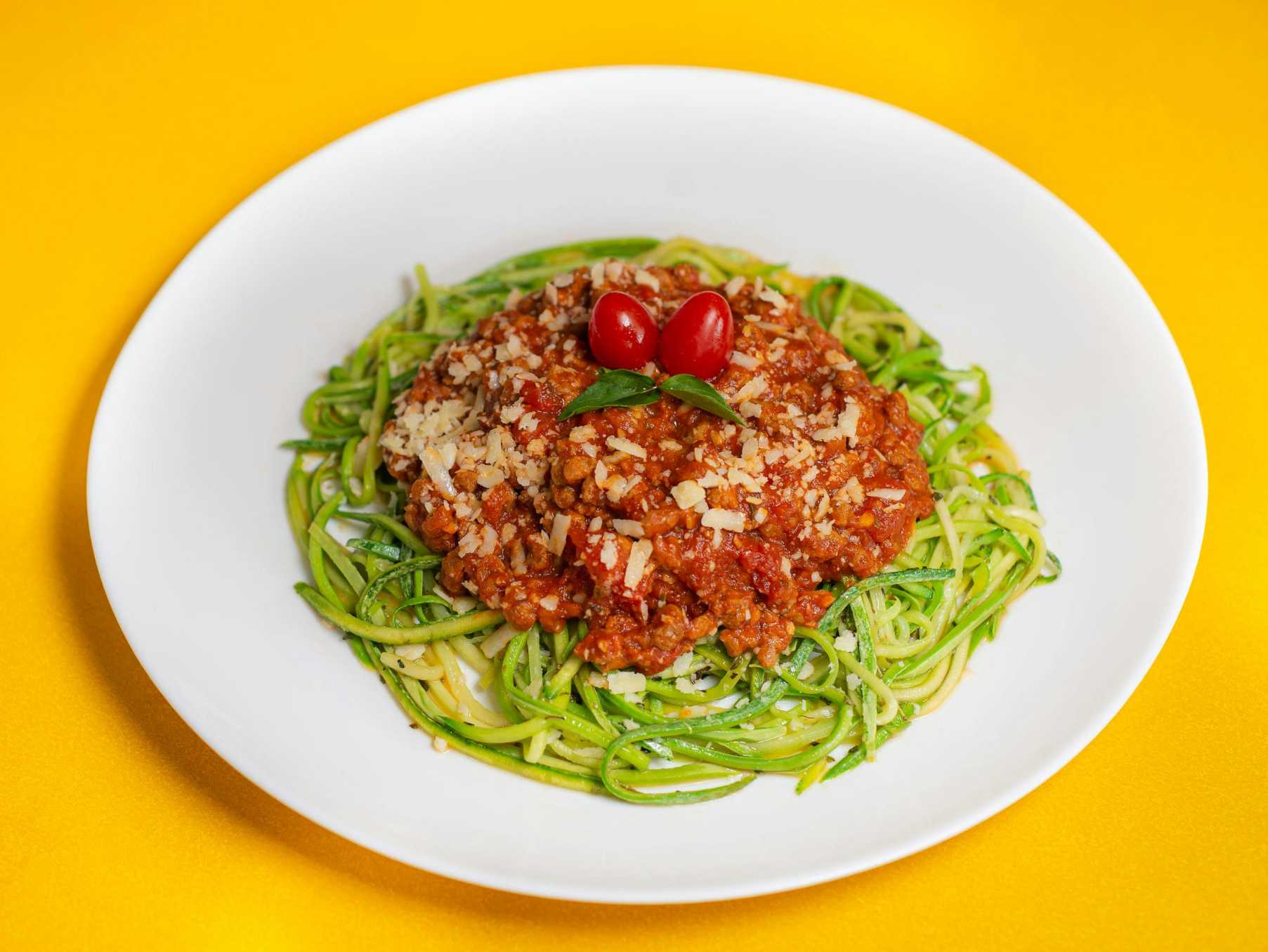
Zucchini noodles, also known as zoodles, are a popular pasta alternative that can be made at home easily. It’s approximately 4 grams of carbs and 20 calories per serving size. To make it, you will need to use a spiralizer, vegetable cutter, or julienne peeler to create long, thin strips that resemble noodles.
You can then proceed to salt them for 10 to 15 minutes to get rid of excess moisture and sauté them briefly for 2 to 3 minutes so they maintain a nice, chewy texture that’s not soggy.
2. Spaghetti squash

Spaghetti Squash provides a naturally stringy texture that mimics spaghetti when it’s cooked. One cup of spaghetti squash contains only 7 grams of carbs and offers a mild, slightly sweet taste that goes well with most sauces.
The spaghetti squash might be one of the easiest ways to prepare an all-natural, low-carb pasta option. All you need to do is halve the squash, remove the seeds, and roast it till tender. Following that, use a form to scrape the flesh, and the squash will naturally form noodle-like strands due to its fiber.
3. Cabbage noodles
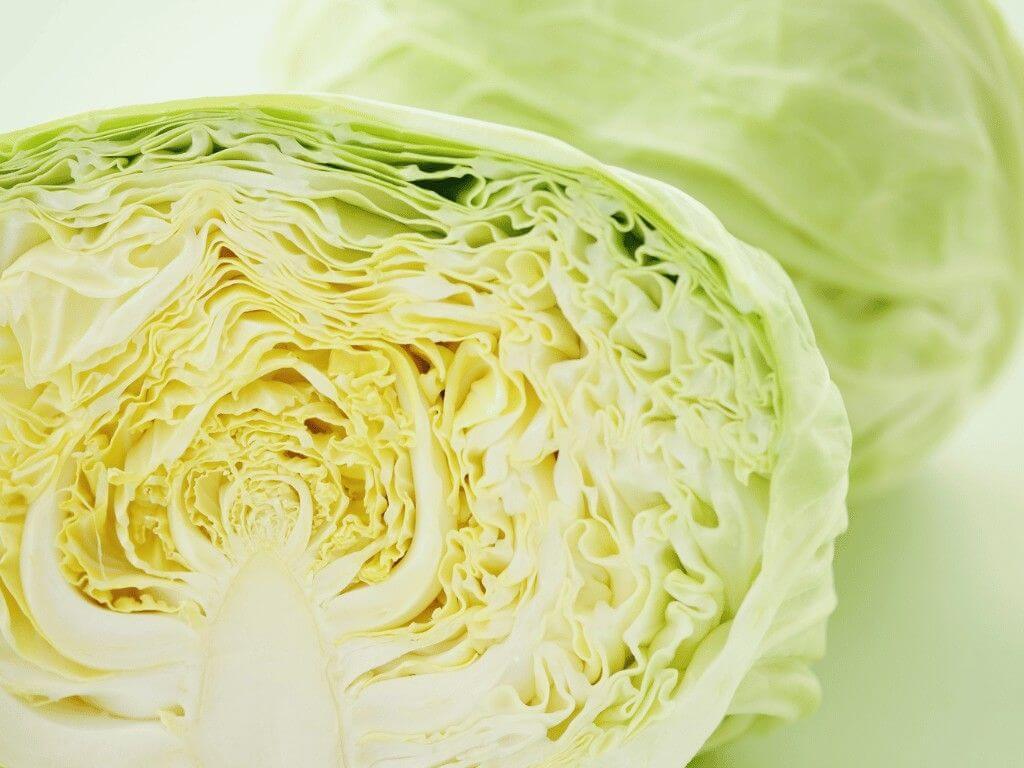
Cabbage noodles are also a healthy, all-natural alternative to pasta options. Either julienne or slice the cabbage into thin strips, and stir-fry fry into your dish. Being only 2g of carbs per cup, it is truly one of the best low-carb alternatives available.
4. Cauliflower gnocchi
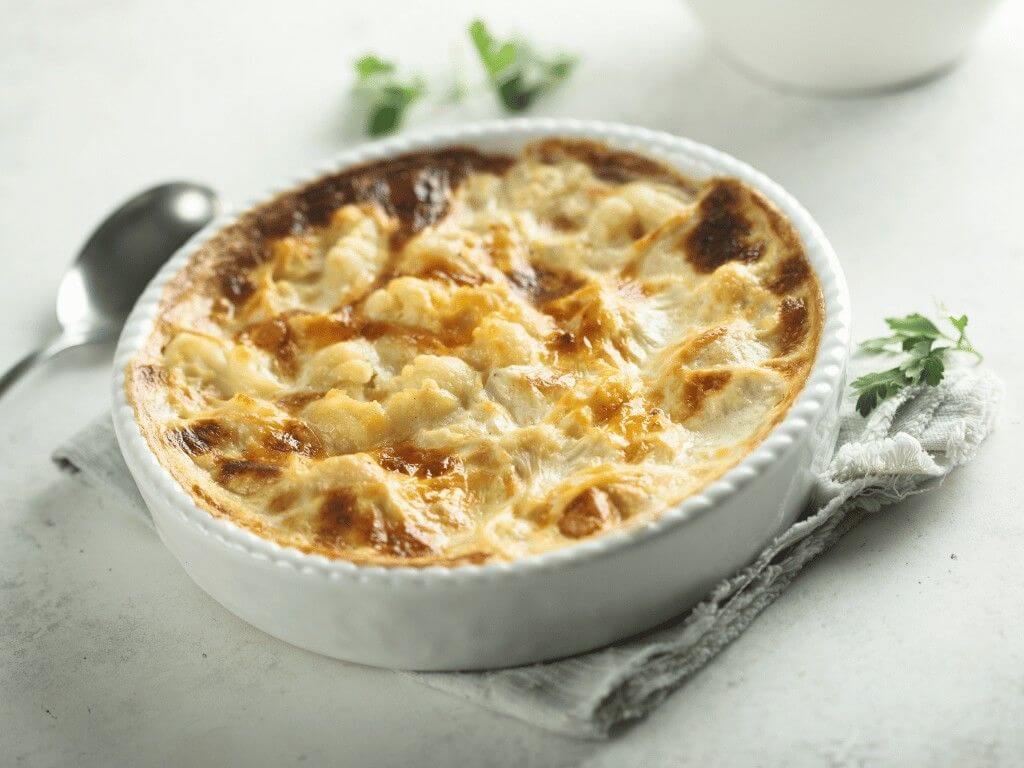
Cauliflower can also be turned into small gnocchi-like pieces. With just 3 grams of carbs per cup, it’s extremely versatile and absorbs flavors beautifully. To make them, you will need to boil your chopped cauliflower florets. Squeeze out the excess water and place it into a food processor with flour and salt.
Once it forms into a dough, you can start shaping the pieces to make your gnocchi.
5. Eggplant lasagna sheets
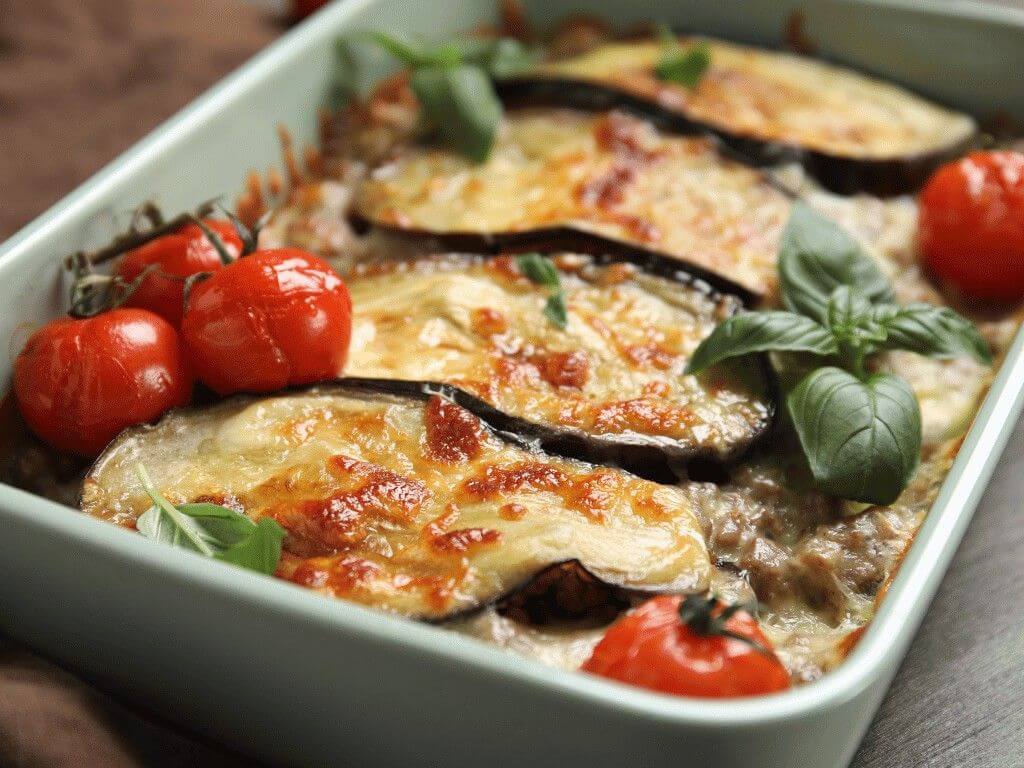
Eggplant Lasagna Sheets are created by slicing eggplant lengthwise into thin strips, then grilling or roasting until tender. These work perfectly for layered dishes and contain only 3 grams of carbs per serving.

Smarter Nutrition Tracking
Track calories and over 100 other nutrients all in one place.
Download Eato For Free6 Best Low-Carb Pasta Brands to Buy
If you are too busy, not kitchen-savvy enough, or simply prefer the convenience of a commercially made pasta, low-carb options are also available. We’ve ranked the best low carb pastas based on their taste, texture, and reported nutritional value.
1. Palmini
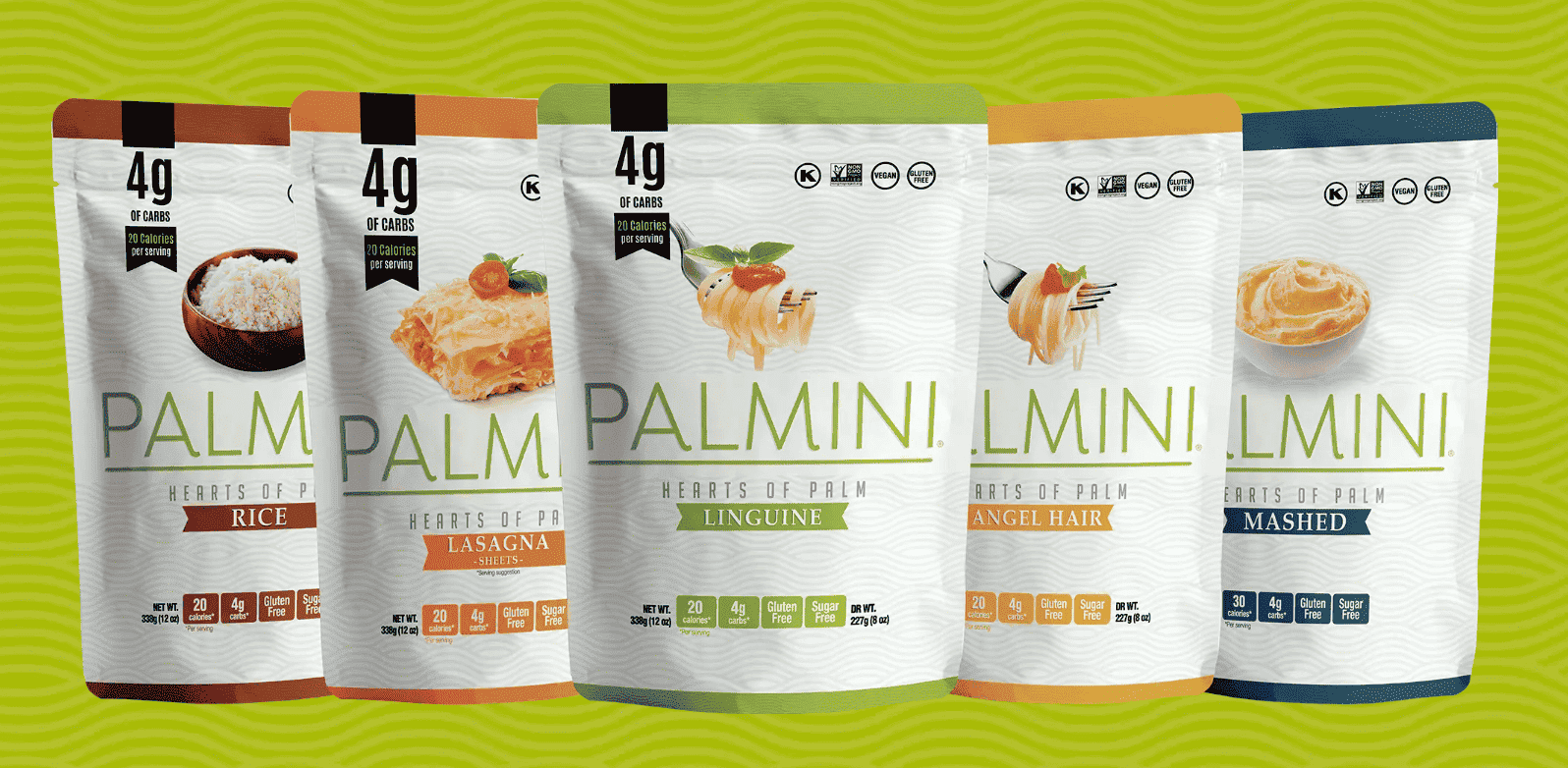
Palmini has just 4 grams of carbs per serving and has a neutral flavor that works with any sauce. They lead the market with their hearts of palm pasta that closely mimics traditional pasta texture. Remarkably similar to al dente pasta, it is ideal for those missing traditional noodles.
2. Explore Cuisine
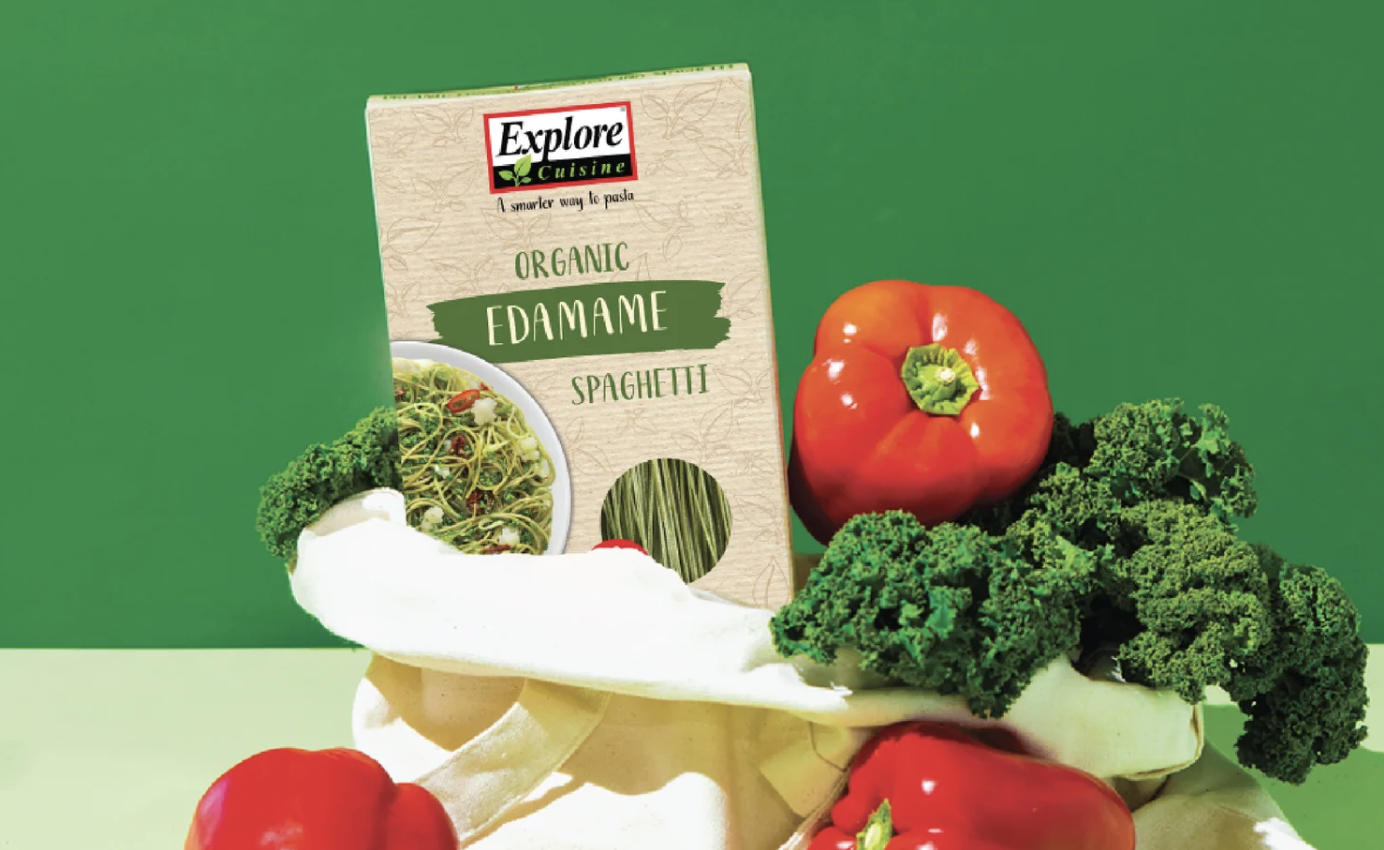
While higher in carbs (15-20 grams per serving), Explore Cuisine provides 20+ grams of protein and significant fiber. Their edamame spaghetti is particularly popular for its vibrant color and firm texture.
3. Barilla Protein+

Barilla Protein+ bridges the gap between traditional and alternative pasta with their chickpea-based options. At 25 grams of carbs per serving, they’re not ultra-low carb but offer 25 grams of protein and a texture nearly identical to regular pasta.
4. Miracle Noodle
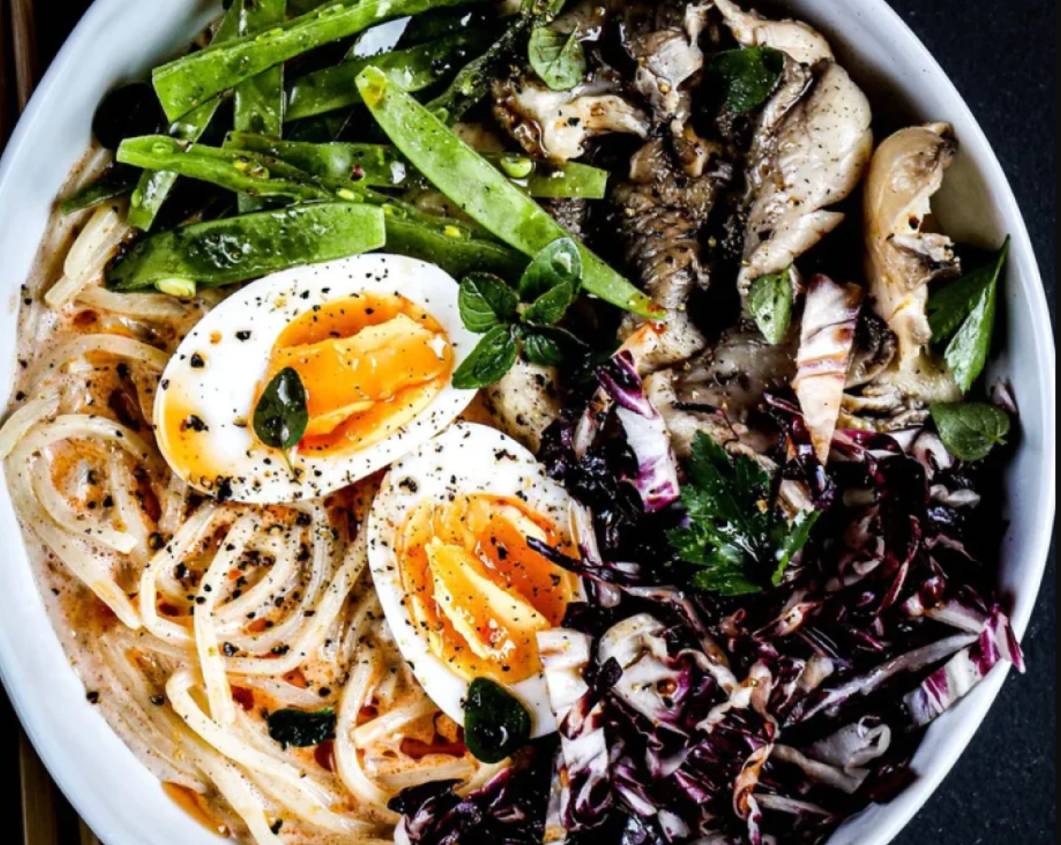
Miracle Noodle specializes in organic shirataki noodles available in various shapes, including fettuccine, rice, and ramen. With zero calories and carbs, they’re perfect for strict ketogenic diets. Their newer plant-based blend combines shirataki with other vegetables for improved texture.
5. Great Low Carb Bread Company
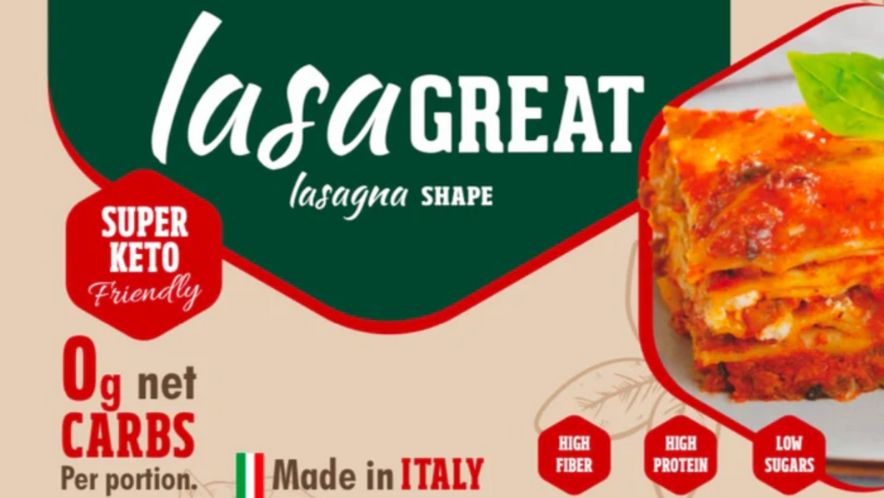
Great Low Carb Bread Company produces pasta made from wheat protein isolate, containing 8 grams of carbs but 27 grams of protein per serving. Their products closely mimic traditional pasta but require careful cooking to avoid mushiness.
6. Healthy Noodle
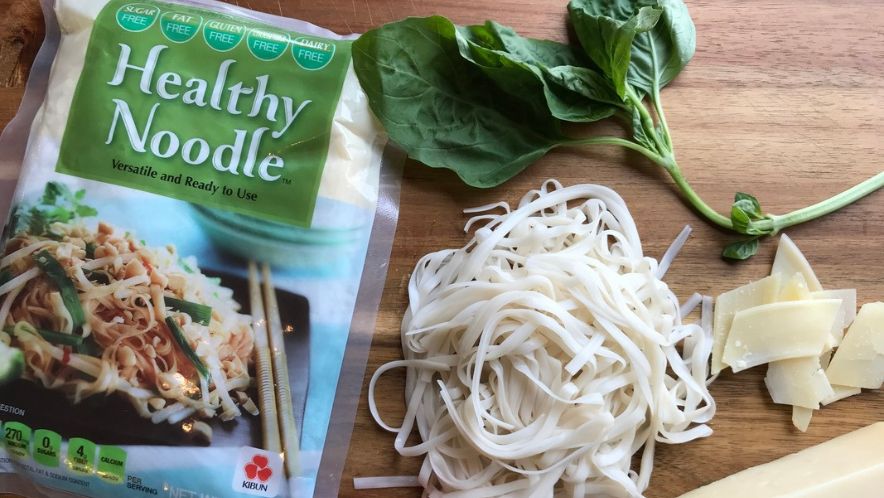
Healthy Noodle offers a unique blend of oat fiber and soy that creates a pasta with 8 grams of carbs and 24 grams of protein per serving. Their products hold up well to various cooking methods and sauce applications.
5 Best Tasting Low-Carb Pasta
After extensive testing with multiple sauce types and cooking methods, several products stood out for their exceptional flavor and texture profiles.
1. Best Overall: Banza Chickpea Pasta
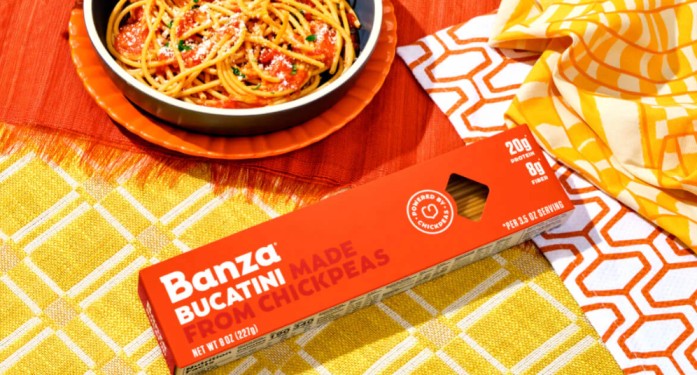
Banza serves as a dependable option for those managing both gluten-free and high-protein diets, making it practical for households with varied nutritional needs. When cooked properly, the chickpea taste remains subtle.
2. Most Versatile: Palmini Hearts of Palm Pasta
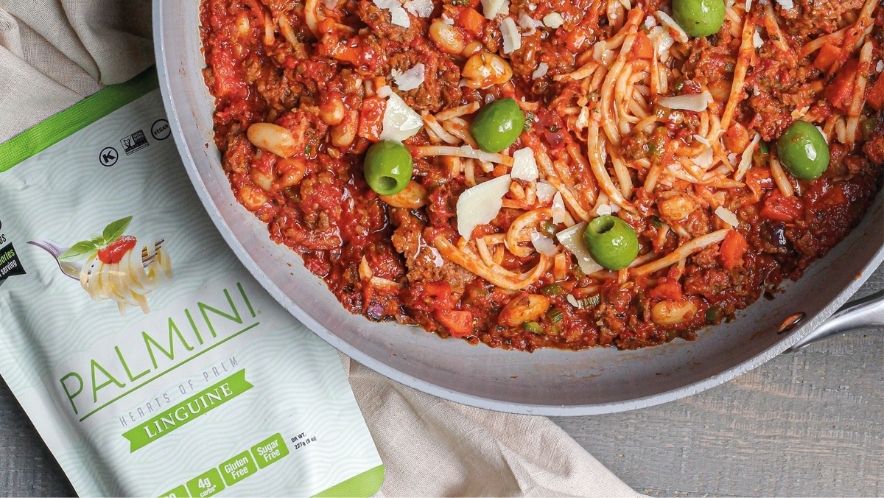
Palmini Hearts of Palm Pasta offers a unique twist for anyone seeking a lighter, low-carb alternative to traditional noodles. While it doesn’t perfectly replicate the texture of wheat pasta, it delivers a distinct, mild flavor reminiscent of artichoke hearts.
3. Best for High Protein: Explore Cuisine Edamame Spaghetti

Edamame noodles offer a solid balance of plant-based protein, fiber, and low net carbs, making them a practical alternative for those focused on nutrition. The texture leans toward the chewy, “tofu noodle” side rather than classic pasta, which can take some getting used to. While visually less appealing with red sauces like marinara, they pair well with lighter combinations.
4. Best for Keto Diets: Homemade Keto Egg Noodles

Homemade keto egg noodles offer a zero-carb alternative for those seeking a pasta-like texture while maintaining strict keto guidelines. The Keto Asian Flavors (KAF) version uses turmeric for a more noodle-like appearance, though the higher sodium alginate content produces a firmer texture. Despite including egg yolk powder to mimic egg noodles, the flavor remains rather mild.

Weight Loss Has Never Been Easier
Get accurate nutrition info instantly. Keep track of your progress.
Download Eato For Free5. Best Bold Flavor: Explore Cuisine Black Bean Pasta
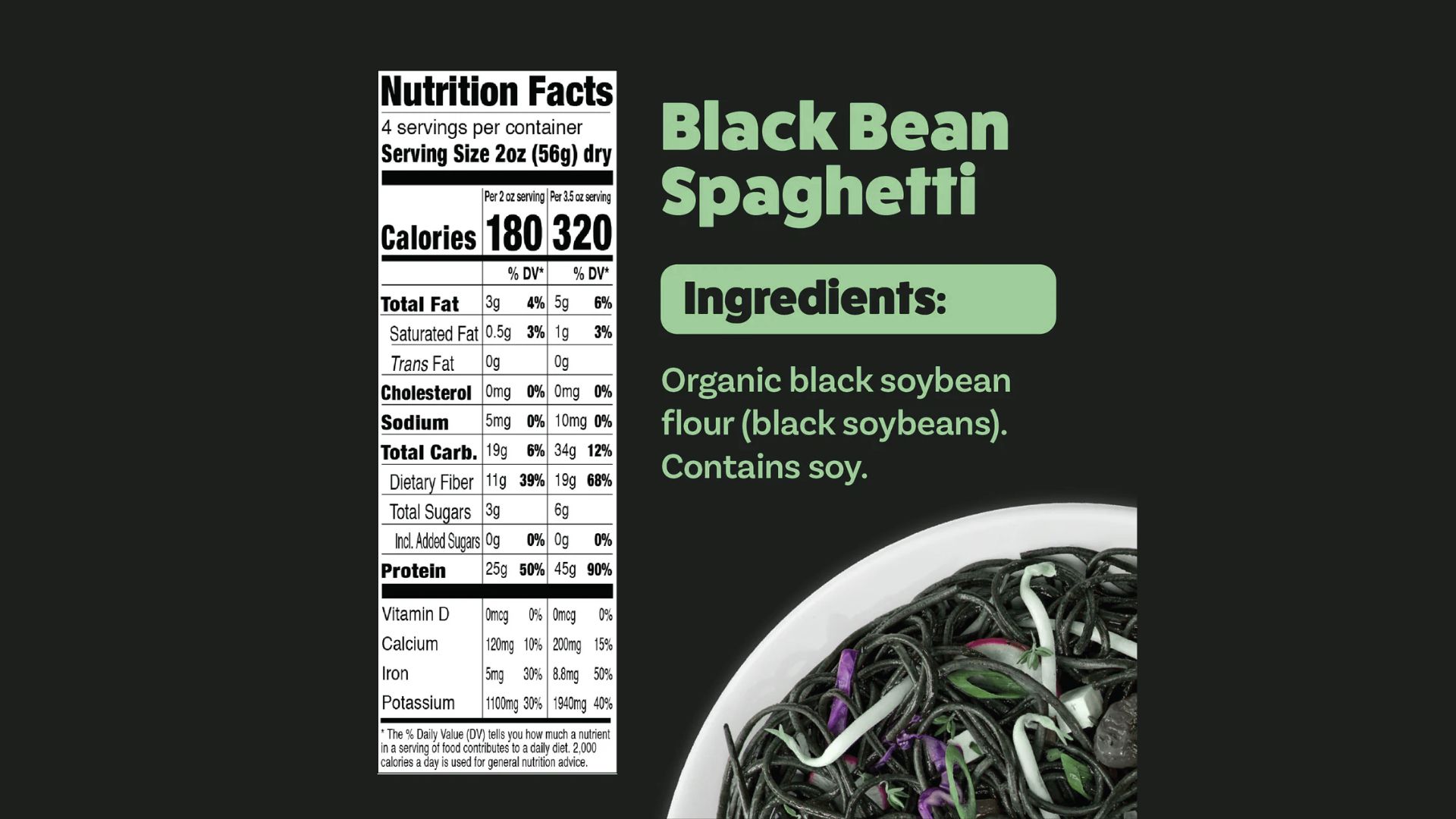
Explore Cuisine Black Bean Pasta delivers a rich, earthy flavor that stands out among alternative noodles. It’s packed with plant-based protein and fiber, making it more filling than traditional wheat pasta while supporting balanced nutrition.
The black bean base gives the pasta a deep color and distinct taste that pairs well with bold sauces like pesto, spicy marinara, or hearty meat sauce. It also complements add-ins such as rotisserie chicken, cherry tomatoes, or sautéed vegetables, creating a visually striking and satisfying meal.
What Are The Best Low-Carb Pastas for Diabetics?
Managing blood sugar levels requires careful consideration of not just carb content but also glycemic index, fiber content, and overall nutritional profile. These options are specifically recommended for diabetic management.
- Shirataki Noodles have virtually zero carb content that won’t cause blood sugar spikes. The glucomannan fiber they contain may actually help slow glucose absorption from other foods eaten simultaneously.
- Zucchini Noodles have minimal carbs (4g per cup) with a low glycemic index and high water content. The natural fiber helps slow digestion, while the potassium content supports heart health.
- Spaghetti Squash offers more carbs (7g per cup) but with a low glycemic index and high nutrient density. The beta-carotene and vitamin C content provide antioxidant benefits that support overall health management.
- Chickpea Pasta while higher in carbs, provides significant protein and fiber that help stabilize blood sugar response. The protein content helps slow carbohydrate absorption, creating a more gradual glucose response than traditional pasta.
- Kelp Noodles contain virtually no carbs and provide iodine, which supports thyroid function – often compromised in diabetic individuals. They require no cooking and can be eaten raw in salads or quickly warmed in hot dishes.
For diabetic individuals, portion control remains crucial even with low-carb alternatives. Pairing any pasta substitute with healthy fats (olive oil, avocado) and lean proteins further helps stabilize blood sugar response.
Keto Pasta Options
Strict ketogenic diets require keeping daily carb intake under 20-50 grams.
| Type | Carbs (per serving) | Texture & Flavor | Best Uses | Key Benefits |
|---|---|---|---|---|
| Shirataki Noodles | 0 net carbs (glucomannan fiber excluded) | Soft, slightly chewy | Stir-fries, ramen, Italian-style pasta dishes | Zero net carbs, supports digestion, aids fullness |
| Hearts of Palm Pasta | 4g total carbs, 3g fiber → 1g net carb | Tender, pasta-like, neutral flavor | Alfredo, pesto, or tomato-based sauces | Low net carbs, natural source of fiber, low calorie |
| Kelp Noodles | 0 carbs, 0 calories | Crunchy, translucent | Cold salads, soups, Asian stir-fries | Zero carbs, rich in minerals, versatile in hot or cold dishes |
| Zucchini Noodles | 4g carbs, 1g fiber → 3g net carbs | Soft yet firm, fresh vegetable taste | Pasta bowls, casseroles, or light sautéed dishes | Low carb, high in vitamins, hydrating |
| Cabbage Noodles | 2g net carbs per cup | Crunchy, hearty | Stir-fries, soups, Asian-inspired dishes | Very low carb, high fiber, supports satiety |
| Miracle Noodle Shirataki Rice | 0 carbs | Rice-like, slightly chewy | Keto “rice” bowls, salads, grain-free sides | Zero carbs, gluten-free, aids in maintaining ketosis |

Weight Loss Has Never Been Easier
Get accurate nutrition info instantly. Keep track of your progress.
Download Eato For FreeTips on Cooking Low-Carb Pasta for Best Results
Each type of low-carb pasta requires specific handling for optimal results.
a) Vegetable noodles
Vegetable noodles should never be overcooked. For example, if you are cooking zucchini noodles, they need just 1-2 minutes of sautéing. You can also salt them first and let them drain for 10 minutes to remove excess water.
On the other hand, spaghetti made from squash requires 35 to 45 minutes of roasting, but should still have some firmness when done.
b) Shirataki noodles
Shirataki noodles should be rinsed under cold water for approximately 2 to 3 minutes to remove any odor. Once you’ve rinsed it, you can then proceed to stir-fry it in a hot pan for 1 to 2 minutes.
Avoid boiling your shirataki noodles as it could turn them mushy.
c) Protein-based pasta
Protein-based pasta should be cooked similarly to traditional pasta, but requires careful timing as it can turn mushy quickly. Ensure that you test the noodles frequently while boiling and aim for a slightly firmer texture than you’d prefer with regular pasta, as they’ll continue cooking when mixed with hot sauce.
d) Hearts of Palm pasta
Hearts of Palm Pasta requires minimal cooking. It needs just 1-2 minutes of heating to warm through. Overcooking creates a mushy texture that’s unappetizing. Add it to hot sauce off the heat when possible.
General Tips for All Low-Carb Pasta:
- Always have your sauce ready before cooking the pasta
- Use plenty of seasoning, as many alternatives have mild flavors
- Don’t overcrowd the pan when cooking vegetable noodles
- Consider finishing the pasta in the sauce for better flavor integration
- Serve immediately while hot for the best texture experience
In terms of what sauces to pair your pasta with, lighter pasta alternatives tend to work best with more robust sauces, while heartier options like chickpea pasta work with more delicate and subtle sauces. It’s always good to balance the flavor profiles of both your pasta noodles and sauce.
Common Mistakes to Avoid
Avoid making these mistakes:
- Adding oil to your pasta water: A common mistake that some people make is to add a layer of oil to the pot of boiling water for their pasta. While the idea here is to prevent the noodles from sticking, this layer of oil will also prevent the sauce from sticking to the noodles, which will affect the final taste.
- Not using your pasta water: Instead of throwing out the pasta water when you are straining your cooked pasta, save a cup or two of the liquid. This starchy liquid makes a world of difference for your pasta as it infuses with your pasta sauce to create a beautiful, creamy texture.
- Overcooking or undercooking: Overcooking your pasta can cause it to have a mushy texture that’s unappetizing, while undercooking your pasta can leave a hard texture that tastes raw.
The Final Takeaway
There are so many pasta alternatives that are keto-friendly to diabetic-safe, to high-protein plant-based picks that you can transform your meals without having to go through the dreaded carb crash.
Speaking of low-carb pasta options, the Eato app offers a convenient way to discover and compare the nutritional values of your favorite brands and recipes. With an extensive food database and easy-to-use tracking tools, you can scan, search, and log everything. Make informed eating choices every step of the way!

Weight Loss Has Never Been Easier
Get accurate nutrition info instantly. Keep track of your progress.
Download Eato For Free
